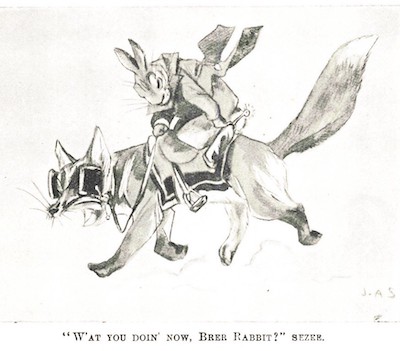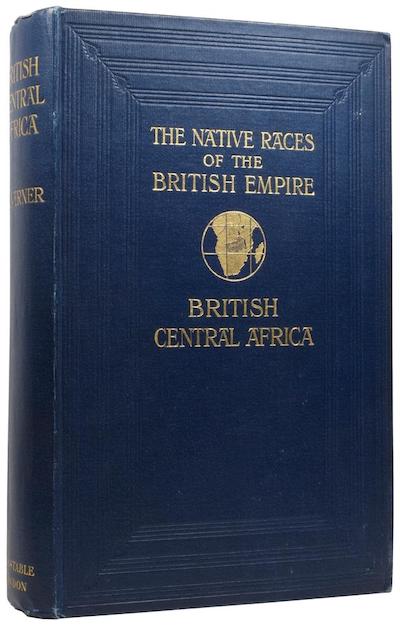Today is the last day of my self-proclaimed "month of the public domain" for this African folktale project, and I wrote my last public-domain-inspired story for #NaNoWriMo yesterday ("The Young Rabbit and the Cow"). Now for this final post in the series, I've chosen another public domain book that provided material for a more recent book (much like the public domain project I've now started, rewriting public domain stories in my own way).
So, the public domain book is John Roscoe's The Baganda: An Account of Their Native Customs and Beliefs, published in 1911.
John Roscoe was an Anglican missionary in eastern Africa, arriving there in 1884. He returned to England in 1909, whereupon he published several books about his time in Africa (more books by Roscoe).
Here are links to the 14 folktales from Uganda included in Roscoe's book: The Legend of Kintu /
The Story of Mpobe /
The Leopard and the Hare /
The Cat and the Fowl /
The Lion and the Crocodile /
The Dog and the Leopard /
The Lioness and the Cow /
Sesota, the Large Snake /
Kiwobe and His Sheep /
Sifirwakange and Kasokambirye /
The Hare and the Elephant /
Ndyakubi and Ndalakubi /
Why the Bats Hang Head Downwards /
Wakubira Omulalu Mu Kyama.
Roscoe's story "Wakubira" in turn appears as "The Blacksmith's Dilemma" in Kathleen Arnott's African Myths and Legends, published in 1962.
The book contains 34 stories from a variety of sources (there's a bibliography in the back): Why the Dog Is the Friend of Man /
The Man Who Learned the Language of the Animals /
Tortoise and Lizard /
The Rubber Man /
Tortoise and the Baboon /
Spider and the Lion /
Thunder and Lightning /
Why the Crab Has No Head /
A Test of Skill /
The Tale of the Superman /
Why the Bush-fowl Calls at Dawn /
Spider and Squirrel /
Unanana and the Elephant /
Spider's Web /
The Magic Horns /
Snake Magic /
Hare and the Corn Bins /
What the Squirrel Saw /
Hare and the Hyena /
The Calabash Children /
The Blacksmith's Dilemma /
The Magic Drum /
Why the Sun and Moon Live in the Sky /
The Monkey's Heart /
The Children Who Lived in a Tree-house /
Why the Bat Flies at Night /
Tug of War /
The Discontented Fish /
Hallabau's Jealousy /
Goto, King of the Land and the Water /
The Singing Drum and the Mysterious Pumpkin /
The Snake Chief /
The Two Brothers /
Fereyel and Debbo Engal the Witch.
The illustrations for the 1962 book are by Joan Kiddell-Monroe. Most are in black-and-white but some are color, like this depiction of Lion and Spider:
This book has been reprinted with a different title, Tales from Africa, as part of the Oxford Myths and Legends series. The illustrations are new, but the text remains the same.
I've written about Kathleen Arnott here before; you might recall her book Tales of Temba, also just a click away at the Internet Archive.

So, I have really enjoyed sharing all these different public domain books over the month of November, and hopefully I will have my own public domain anthology to share sometime next year too. I'm really enjoying the process of (re)writing public domain stories that are so much longer than my usual 100-word stories. Just like Kathleen Arnott and so many other anthologists have drawn on the public domain books for stories, I will be doing that too! And maybe you too will be inspired to do something similar; there are public domain folktale books from all over the world, not only Africa, just waiting for you at Internet Archive (and I will keep writing about them ad infinitum).
by John Roscoe
by Kathleen Arnott















































